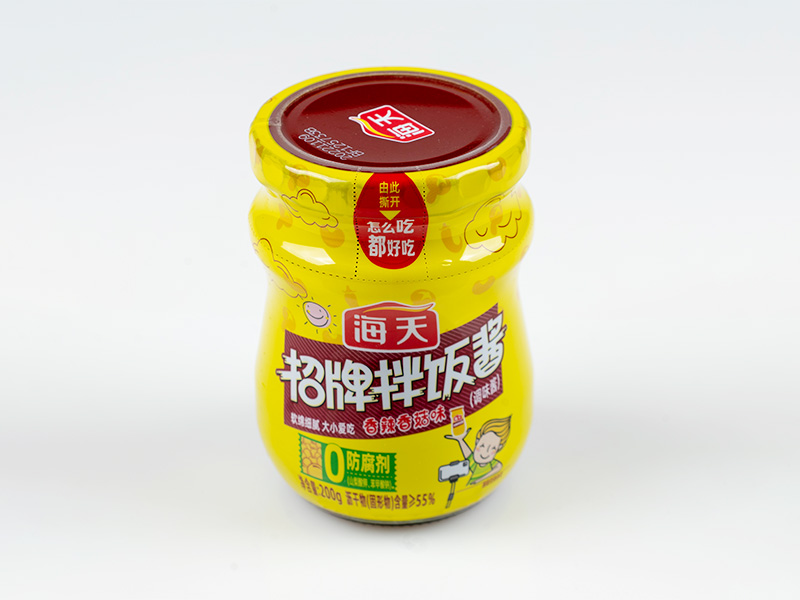The market for heat shrink label packaging is the food industry. Heat shrink films are widely used in the packaging of various fast foods, lactic acid foods, beverages, snack foods, beer cans, various kinds of alcohol, agricultural and sideline products, dry foods, and local specialties.
In the case of a certain type of film, the width and thickness of the film is also an important factor in determining the size of the tension, the wide film should be greater than the tension of the narrow film, the thicker film is greater than the tension of the thinner film. In the traditional lithographic offset printing, letterpress (flexographic), gravure and silkscreen printing, the current printing of heat shrink film labels are still mainly gravure printing, the reason is mainly due to the domestic gravure printing presses to keep a large number of printing costs competitive, and gravure prints have a thick layer of ink, bright colors and layers of rich features, and such labels are mostly long version of the work is mainly gravure, and gravure printing plate printing capacity up to a few million sheets, so For a large print run of live parts, is undoubtedly the most cost-effective.

Gravure heat shrinkable film is mainly used unit type gravure printing machine, nowadays such machines are equipped with automatic tension control system and automatic color register control system, according to the measured error between the color register marks to automatically adjust the tension of the unwinding area, printing area and the winding area in order to ensure that the tension of the printing process is not messed up and the correctness of the * overprint.
The use of PVC heat shrink labels, PP, PETG, OPS, OPP shrink labels and a variety of multilayer co-extruded film and other non-absorbent substrate materials, the nature of such materials determines its printing process and paper labels are different. However, following the intensification of market competition, coupled with flexographic printing plate, machinery, ink and other technological developments, the proportion of flexographic printing in the progress of each year.
Compared with the laminated, unit-type flexographic printing press, flexographic heat shrink film is more suitable for the use of CI-type flexographic printing press, this is due to the printing process of the color groups share a common impression cylinder, the printed material and impression cylinder firmly affixed to the tension change is small, so that the material's tensile deformation of the small, high register accuracy. Tension adjustment size, according to the type of film and tensile strength to determine, such as the film's tensile strength is weak, easy to stretch the deformation, the tension should be a little smaller; for the tensile strength of the film, the tension can be correspondingly larger. But from the customer's point of view, more concerned about meeting the quality, reduce costs, what kind of printing is secondary. Because the film in the printing process is more susceptible to changes in tension, resulting in overprinting is not allowed, so in the printing process should pay close attention to the control of tension, to maintain the tension of the unrest and balance.




